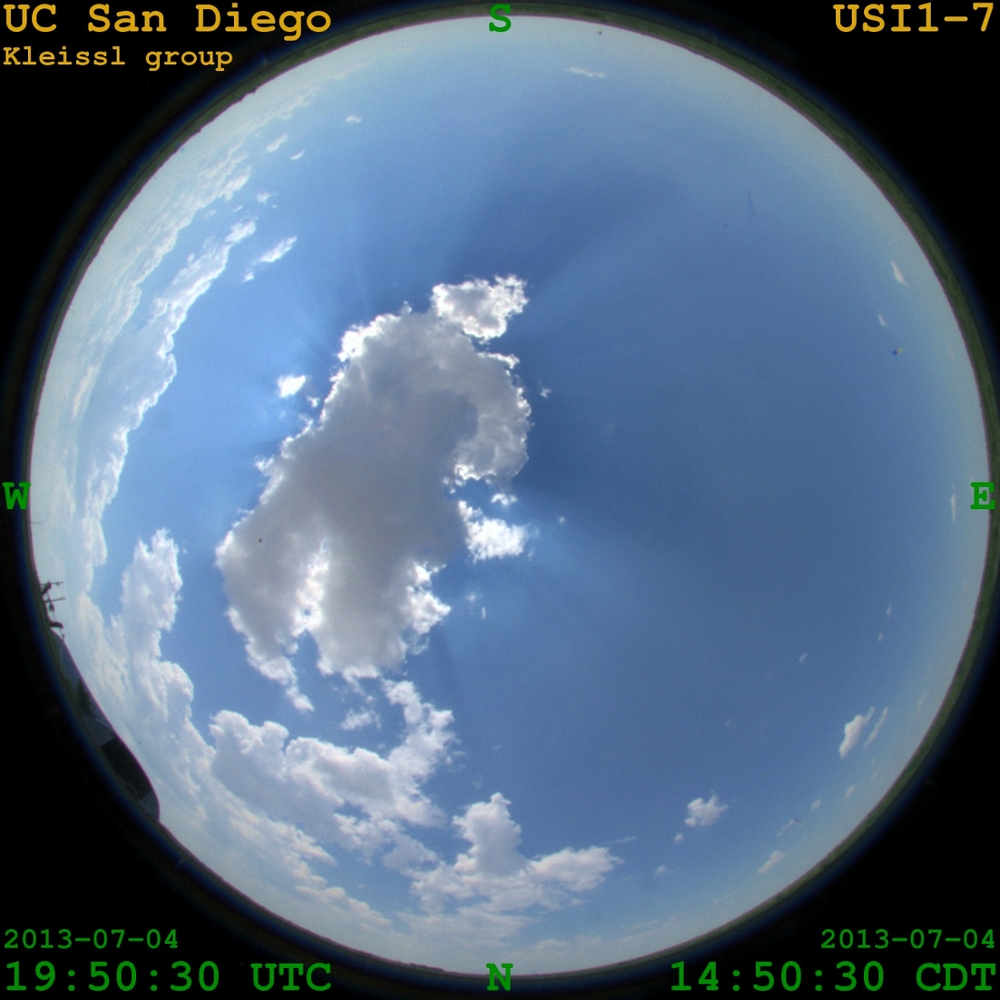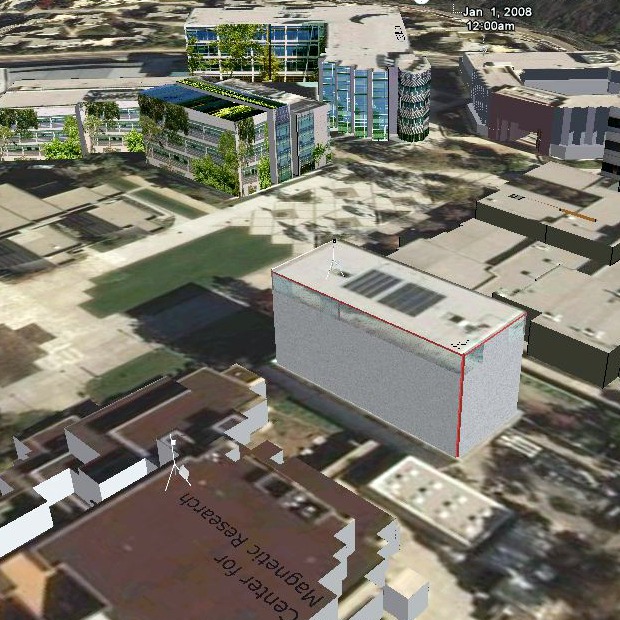Research
- Energy Storage
- Fusion Energy
- Energy Sciences
- Renewable Energy
- Fuel Cells
- Carbon Management
- Videos
CalTestBed | Coimbra Energy Group | Grid Integration and Decarbonization Laboratory | Urban Energy Efficiency Lab
The CER Center for Renewable Resource Integration tries to answer three important questions:
Answering these questions is critical for expanded proliferation of renewable energy on the electric grid. With funding from the National Renewable Energy Lab, Department of Energy, California Energy Commission, National Science Foundation, and California Solar Initiative, CER's researchers use cutting-edge technology and scientific modeling to better manage renewable energy distribution systems.
CER's Center for Renewable Resource Integration is composed of the following labs:
CalTestBed is the Nation’s Largest Clean Energy Testbed Ecosystem. Funded by the California Energy Commission, CalTestBed will provide $16.7M in testing vouchers to clean energy innovators to use at one of more than 70 world-class testing facilities throughout California.
Early-stage clean energy entrepreneurs face challenges in accessing testing and validation facilities as they attempt to progress from prototype to pilot and demonstration scale. The CalTestBed Initiative is a voucher program that will assist clean energy entrepreneurs in gaining access to critical testing facilities and endeavours to expedite their pathway to commercialization through building a strong network with connections to companies and investors.
There are cutting-edge TestBed facilities at 9 University of California campuses, as well as The Lawrence Berkeley National Laboratory. At UC San Diego, The Center for Energy Research coordinates the campus effort, led by Jan Kleissl, campus ombudsman.
Learn about the facilities available to program participants at UC San Diego in the video below.
Learn about the current projects at UC San Diego.
Apply to be part of the program and learn more.
 Our primary research goal is to develop the highest-fidelity forecasting engines for renewable energy integration, focusing mostly on solar and wind generation. We have developed solar forecasting models that span the whole spectrum of time intervals and geographic spaces, from intra-minute to many days-ahead forecasts, and from single point radiometers to continental regions. Our engines can also predict energy demand, which will be crucial in the use and storage of renewable energy.
Our primary research goal is to develop the highest-fidelity forecasting engines for renewable energy integration, focusing mostly on solar and wind generation. We have developed solar forecasting models that span the whole spectrum of time intervals and geographic spaces, from intra-minute to many days-ahead forecasts, and from single point radiometers to continental regions. Our engines can also predict energy demand, which will be crucial in the use and storage of renewable energy.
Principal Investigator: Carlos Coimbra
 Using high frequency solar irradiance measurements and whole sky imagery, Kleissl's research group has developed cloud tracking and intra-hour solar forecasting models. Such models will be critical in facilitating the economical integration of large amounts of solar power into the electric grid. Professor Kleissl collaborates with the National Renewable Energy Lab (NERL) and was selected by the California Energy Commission and California Solar Initiative to conduct solar resource assessment and forecasting for the state of California.
Using high frequency solar irradiance measurements and whole sky imagery, Kleissl's research group has developed cloud tracking and intra-hour solar forecasting models. Such models will be critical in facilitating the economical integration of large amounts of solar power into the electric grid. Professor Kleissl collaborates with the National Renewable Energy Lab (NERL) and was selected by the California Energy Commission and California Solar Initiative to conduct solar resource assessment and forecasting for the state of California.
Principal Investigator: Jan Kleissl
 Buildings consume 40% of total US primary energy and 72% of electricity, a large fraction of which is used for heating, ventilation and air conditioning (HVAC). Understanding heat transfer between buildings and the environment is key to designing strategies that can help reduce energy consumption of an urban area. The Kleissl Urban Energy Efficiency lab runs 3-dimensional models that take into account meteorology, building and ground materials, and building operation modes to determine the urban thermal environment and building energy use. Our research results inform green engineering strategies (such as reflective roof coatings, solar panels, artificial turf, and urban forests) to improve existing buildings and create energy efficient communities.
Buildings consume 40% of total US primary energy and 72% of electricity, a large fraction of which is used for heating, ventilation and air conditioning (HVAC). Understanding heat transfer between buildings and the environment is key to designing strategies that can help reduce energy consumption of an urban area. The Kleissl Urban Energy Efficiency lab runs 3-dimensional models that take into account meteorology, building and ground materials, and building operation modes to determine the urban thermal environment and building energy use. Our research results inform green engineering strategies (such as reflective roof coatings, solar panels, artificial turf, and urban forests) to improve existing buildings and create energy efficient communities.
Principal Investigator: Jan Kleissl